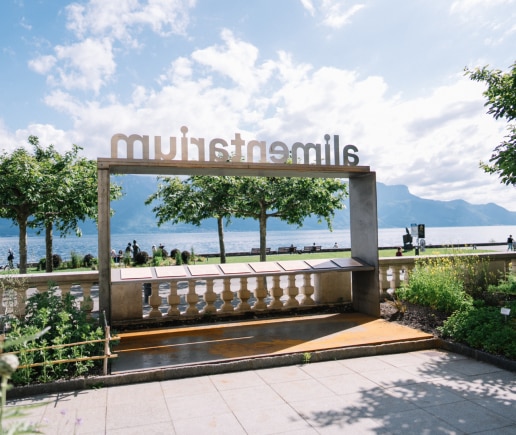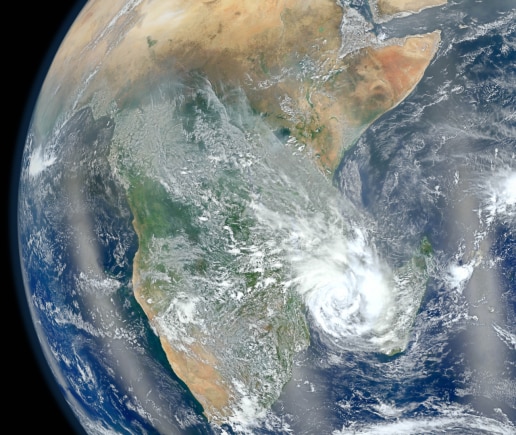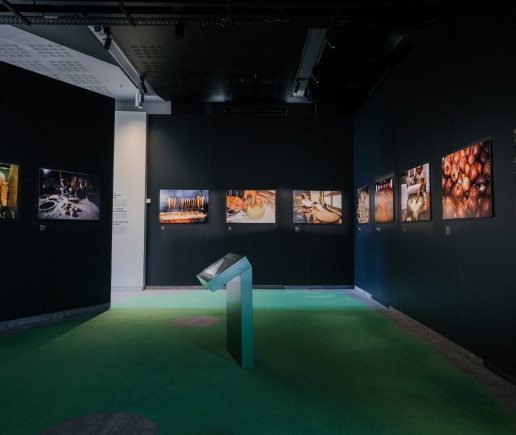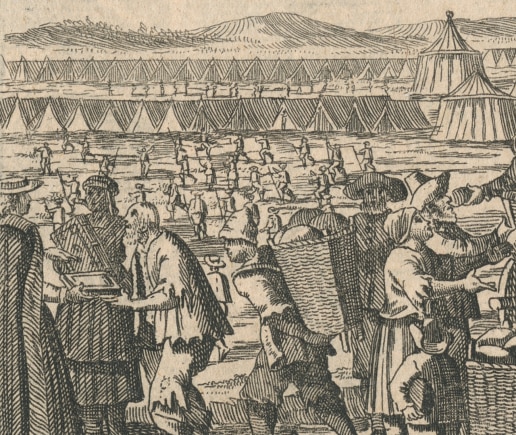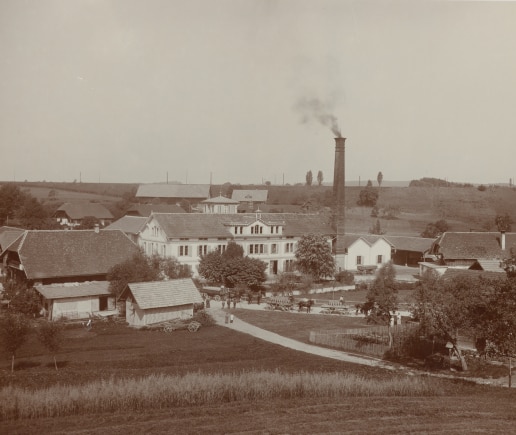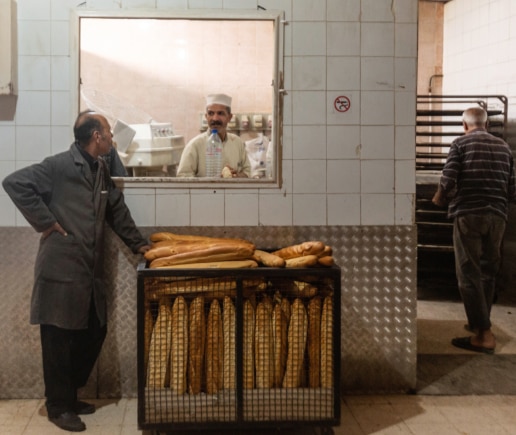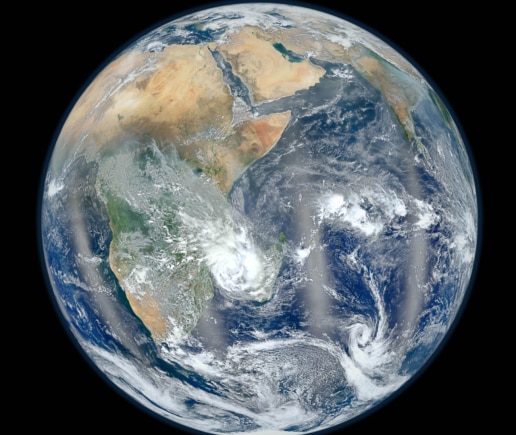- Home
- “SYSTEMA ALIMENTARIUM. Towards a Grat Food Revolution?”
“SYSTEMA ALIMENTARIUM. Towards a Grat Food Revolution?”
The exhibition invites you to reflect on the global food system and the issues it is currently facing in relation to global health and the environment.
Drawing inspiration from the EAT-Lancet 'Food in the Anthropocene' Commission (2019), this exhibition provides a scientific and well-documented overview of the necessary dietary changes: reduced meat and sugar consumption, increased plant-based foods, and above all, greater equity.
“We won't be able to feed 10 billion people sustainably without radically transforming the way we produce, distribute, and consume food” - Boris Wastiau, director of the Alimentarium and author of the exhibition
We have eaten nature. Anthropogenic landscape, landscape of the Anthropocene.
An ‘anthropogenic landscape’ is an area that has been profoundly altered by human activity.
Feeding the World in the Anthropocene
Food that can feed 10 billion people by 2050.
The culinary triangle
Raw, cooked, and rotten. The ‘culinary triangle’ of the human diet.
Equal shares. Food security and rationing
The concept of ‘food security’ emerged in 1974 at the first World Food Conference, organised in response to famines around the world.
The food industry
Since food does not pass directly from producer to consumer, a variety of companies, large and small, are involved in the production, processing, supply, preservation, packaging, and distribution of food products. Together, these activities form what is known as the ‘food industry.’
To feed Humankind. Hardwork
According to the United Nations, 3.83 billion people depend on the food industry to meet their needs.
Commensality at the heart of cultures
"Commensality" refers to the act of eating together, sharing the same table.
Food system and planetary boundaries.
How can we feed a world population that could reach ten billion by 2050 in a healthy and equitable way, while respecting the limits of the planet’s ecosystems?
Pure indulgence. The ingredients of comfort?
Tea, coffee, and cocoa are emblematic of the dawn of modernity and colonialism.
